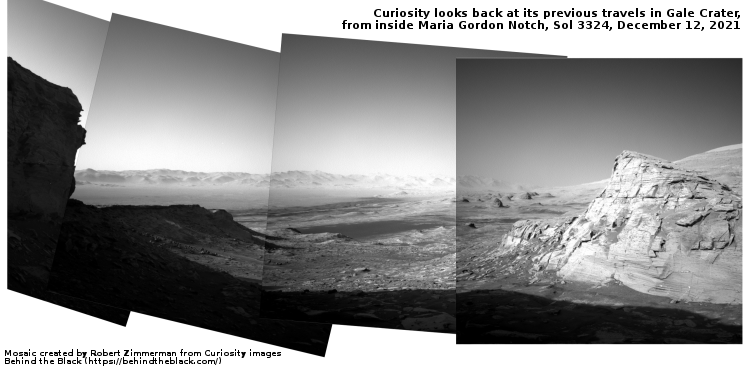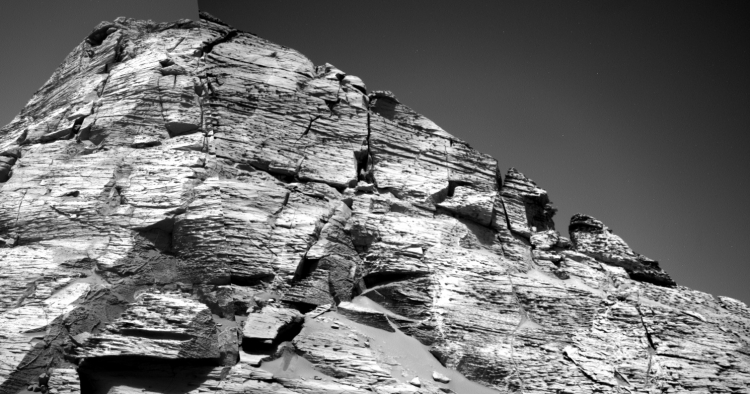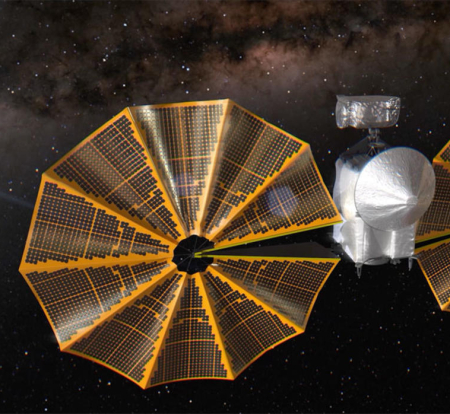99.9% of all mass at center of Milky Way is found in central black hole
New measurements of the orbits of several stars circling the Milky Way’s central supermassive black hole, Sagittarius A* (pronounced A-star), have confirmed that 99.9% of all mass at the galaxy’s center is concentrated in that black hole.
Astronomers have measured more precisely than ever before the position and velocity of four stars in the immediate vicinity of the supermassive black hole that lurks at the center of the Milky Way, known as Sagittarius A* (Sgr A*) [1]. These stars — called S2, S29, S38, and S55 — were found to be moving in a way that shows that the mass in the center of the Milky Way is almost entirely due to the Sgr A* black hole, leaving very little room for anything else.
The measurements, which further refine the mass of Sagittarius A* as 4.3 million times the mass of the Sun, show that very little of this mass is found in the surrounding space as gas or dark matter. It is all in the black hole, which might also help explain why the Milky Way’s central black hole is so quiescent. It has very little gas or other stars to feed it and thus produce emissions.
New measurements of the orbits of several stars circling the Milky Way’s central supermassive black hole, Sagittarius A* (pronounced A-star), have confirmed that 99.9% of all mass at the galaxy’s center is concentrated in that black hole.
Astronomers have measured more precisely than ever before the position and velocity of four stars in the immediate vicinity of the supermassive black hole that lurks at the center of the Milky Way, known as Sagittarius A* (Sgr A*) [1]. These stars — called S2, S29, S38, and S55 — were found to be moving in a way that shows that the mass in the center of the Milky Way is almost entirely due to the Sgr A* black hole, leaving very little room for anything else.
The measurements, which further refine the mass of Sagittarius A* as 4.3 million times the mass of the Sun, show that very little of this mass is found in the surrounding space as gas or dark matter. It is all in the black hole, which might also help explain why the Milky Way’s central black hole is so quiescent. It has very little gas or other stars to feed it and thus produce emissions.








